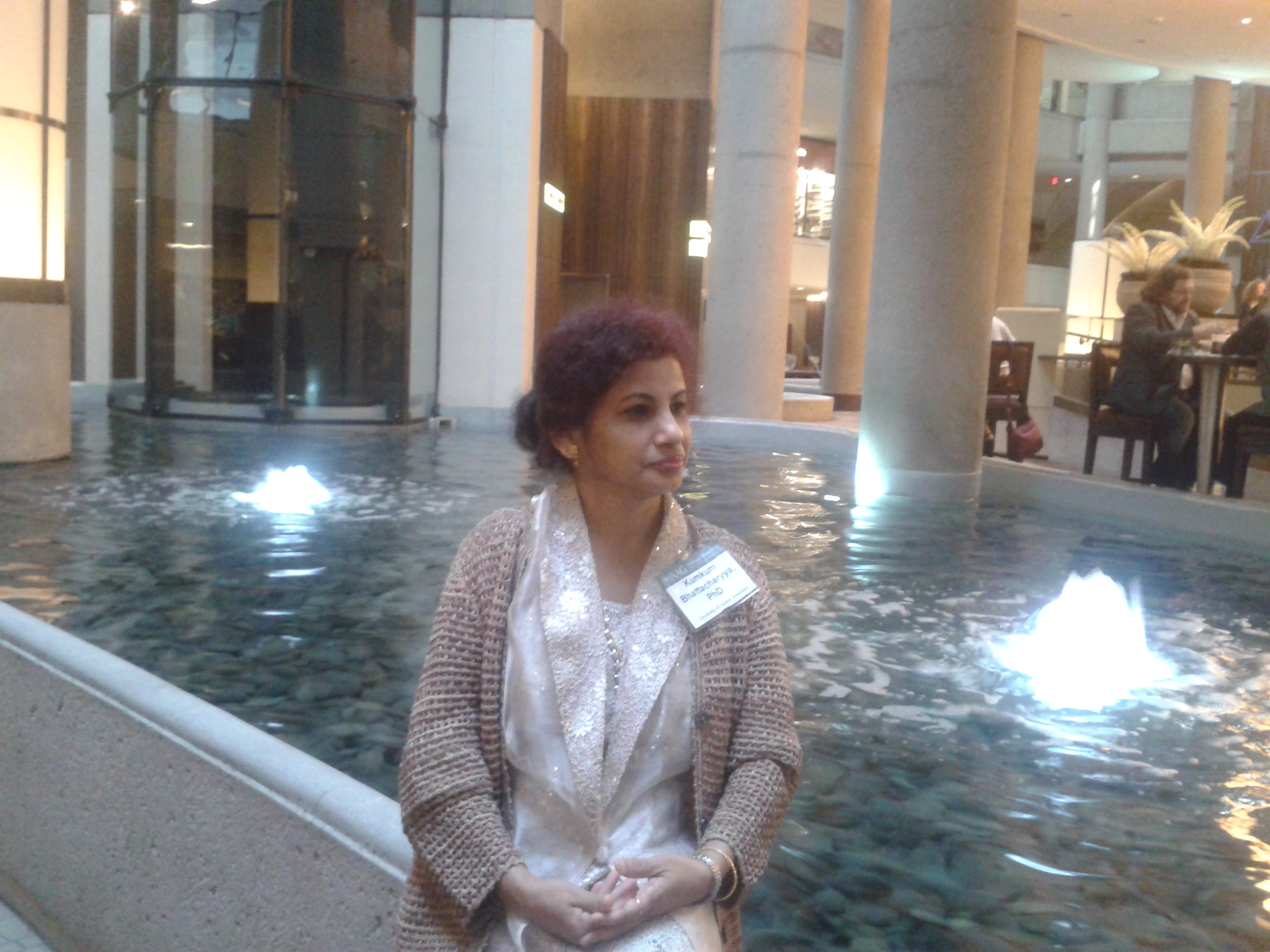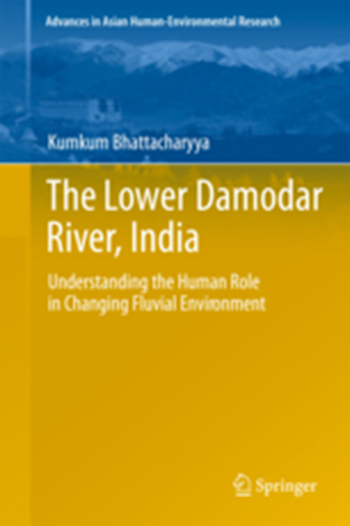Her Ph.D. research presents a comprehensive evaluation of the Damodar River control project, using an approach that interweaves human aspects of river control with analysis of hydro-physical data including historical data over the last few centuries. Embankments, canals, sluices, weirs, barrages, dams, and reservoirs are now significant physiognomic components of the Lower Damodar landscape. The river started losing its identity as a natural river in the latter half of the eighteenth century with the construction of embankments. The river was disturbed in different phases by artificial base levels created by weirs, barrages and dams.
A chain of sandbars locally known as ‘char lands’ or ‘mana’ has emerged within the riverbed below the control structures and most of the ‘char lands’ have subsequently been settled primarily by migrated communities. She is very much interested in the way people interacted with their fluvial environment and responded as a community at both micro and macro levels.



